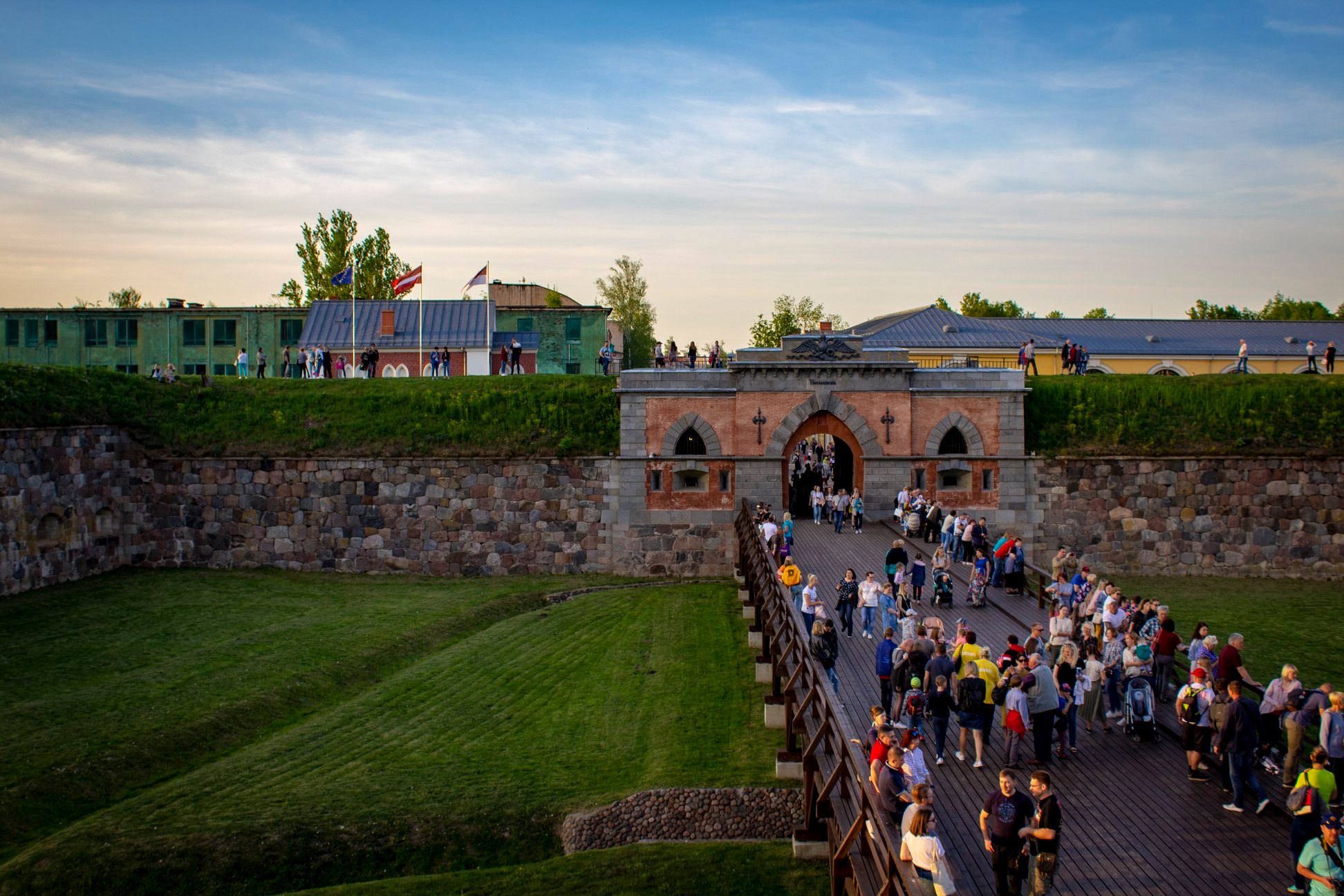The Daugavpils Fortress is located in the very heart of the second biggest city of Latvia. It is the only early 19th century military fortification of its kind in Northern Europe. The fortress is a city within the city, with streets, squares, services, dwellings and houses, etc. After the withdrawal of the Soviet army in the 1990s, the fortress was left abandoned and became a degraded and unattractive space, despite its great heritage value and potential for development.
Since 2008, the municipality of Daugavpils has been undertaking a regeneration programme of the fortress to create conditions for local economic activities to flourish, in particular in the tourism and cultural sectors; preserve, restore and reuse the various parts of the fortification complex; and improve the quality of life of inhabitants.
In 2010, water and heating distribution systems were upgraded; streetlights were installed; and roads and pavements were renovated to improve quality of life and circulation within the fortress for locals and visitors.
Elements of the fortress were gradually restored for new functions and an improved image: the former Water Lifting House now hosts the Culture & Information Centre of the fortress; Mark Rothko Art Centre opened in 2013 in the former artillery arsenal building (Rothko was born in Daugavpils); the former Commandant House and Officers House now hosts the regional police department; Nicholas Gate and the Guardhouse were restored in 2013-2014 to make the fortress more attractive to visitors.
Daugavpils Fortress Preservation and Development Council was established in 2013 by the Ministry of Finance of Latvia to manage the regeneration programme of the fortification. Its task is to discuss all plans and initiatives, technical projects and development ideas, and to find smooth and harmonious solutions that suit everyone’s interests. Representatives of the city administration, national ministries, heritage organisations, ICOMOS Latvia National Committee and private owners take part in the council. Historians, architects, local activists and residents are invited to join sessions of the council, which usually meets once or twice a year.
The project has enabled the city to significantly increase the quality of life of people living in the fortress and to enhance their sense of ownership. Inhabitants participate in the life of the fortress. The project has helped the city to improve its image and visibility nationally and internationally. This is reflected in tourism flows: over 150,000 people came to the fortress in 2019, an increase of 2000% compared to 2007.
Find more about the project here








